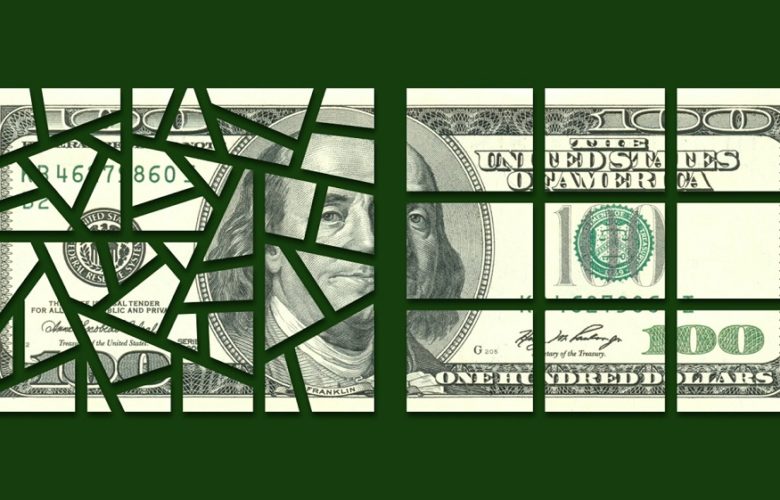The utilization of three-dimensional modeling in virtual reality is altering the means in which we engage, learn, and encounter experiences within digital spaces. As firms and industries utilize realistic 3D models in combination with virtual reality, virtually every industry sector, ranging from leisure- gaming to healthcare deployment, is developing engaging real-world realism within simulation models. VR 3D modeling allows the user to engage in a 3-D virtual environment, as if they were there physically, and establishes more effectiveness in training, depth in gaming experiences, and visualization in design development processes. We will take an in-depth examination of how VR 3D modeling is a compelling change in entertainment, education, and professional simulation.
Growth of VR 3D modeling for immersive experiences
With the new demand for virtual reality models, it is apparent that companies can create more exciting and engaging experiences for users. VR 3D modeling creates realistic environments, indicative objects, and interesting characters in an iterative way that multiple users can experience, all from different perspectives; however, more of an immersive experience. We can have immersive training experiences, gaming experiences, and experiences within design simulations, for instance.
Realistic training simulations using VR 3D models.
In multiple industries, VR 3D modeling has been incorporated to enable the training of professionals in the fields of defense, healthcare, and aviation, through safe, effective simulations.
The Advantages of VR Training Models
- Provide safe, controlled environments for scenarios that are complex or risky.
- Lower costs compared to equipment or location in the real-world setting.
- Practice can be completed multiple times, and performance metrics can be measured in real-time.
Transforming the Gaming Industry with Virtual Reality Models
The gaming industry has used VR models to generate more immersive and realistic experiences for players. 3D worlds, lifelike personas and the interaction of objects in the game environment provide players with a sense of true presence in the game environment, and may have the experience of differentiating between real and remote.
VR 3D Modeling for the Gaming Experience
- Real-time motion and gesture tracking create the sense of reality in control.
- Hyper-detailed environments designed using photogrammetry and 3D scanning.
- Enhanced storytelling through immersive perspectives and the feel of being present.
- Real-World Simulations for Engineering and Architecture
Virtual Reality 3D modeling is used by architects and engineers to visualize projects before construction. Architectural rendering that includes virtual walk-throughs for buildings, infrastructure and mechanical systems increases the designer’s ability to check for errors, increase performance and test user flow. All of these applications may help the designer save time and resources while increasing accuracy in the final project deliverables.
Impact of VR 3D Modeling in Various Industries
| Industry | Application Example | Benefit |
| Healthcare | Surgical training simulation | Improves accuracy and confidence |
| Aviation | Pilot and cockpit training | Reduces risk and training costs |
| Architecture | Virtual building walkthroughs | Enhances design visualization |
| Manufacturing | Assembly line simulation | Streamlines process efficiency |
| Gaming | Interactive 3D environments | Boosts immersion and user engagement |
Improving Learning Through Educational Models of Virtual Reality
Virtual reality (VR) capabilities provide enhanced educational model interactivity. These models help represent abstract concepts by creating engaging visual experiences. For example, students can learn about anatomy, space, or history by exploring them in 3D environments, which helps to foster more active learning and deeper conceptual understanding. Some educational institutions have started to use VR technologies with curricula that foster spatial and/or experiential visual impacts.
The Next Level of VR 3D Models and AI Integration
The next phase of VR 3D modeling lies in integrating artificial intelligence forms of realities. Artificial intelligence (AI) will automate model optimization and physics simulation, and add new forms of reality design, thereby accelerating VR creation while creating user experiences that are more personalized across any number of industries.
Tools Powering the VR 3D Modeling Revolution
Software in the form of Blender, Unity, Unreal Engine, or Autodesk Maya are paving the way as tools (and even open-source) software for creating VR-ready 3D models. Each software contains multiple features, such as real-time rendering, simulating lighting, or simulating physics that allow artists and developers to build immersive and visually impressive virtual environments.
How can virtual reality improve decision-making?
Urban planners, doctors, or surgeons can simulate real-world variables before enacting them in practices or plans as a practice of exploration, learning, research, technology, or workflow. More simply put, whatever your stream of practice may be, you can think through the outcomes before committing to a specific decision. Simulated practices with VR allow the user to make better education-based decisions, make a mental picture of potential challenges, and add to the quality of their final results.
Moving forward with VR 3D Modeling
Although VR 3D modeling has great capabilities, it requires a significant amount of computational power and a focus on detail. Developers have to account for the number of polygons, texture adequacy, and rendering in real time – all necessary for an experience to be realistic and smooth while avoiding lag or distortion.
The Growing Demand for VR 3D Modeling Services
There is increasing demand for VR 3D modeling services as companies in multiple sectors realize immersive visualization has a value for their organizations. From virtual product demonstrations to seamless remote collaboration, VR 3D modeling is paving the future of marketing, design and operational planning globally.
Frequently Asked Questions
Q1. What is VR 3D modeling?
VR 3D modeling refers to the creation of three-dimensional digital environments and objects that can be explored through the usage of virtual reality headsets or platforms to simulate real-world experiences in an immersive format.
Q2. Which industries benefit most from VR 3D modeling?
Gaming, education, healthcare, architecture, and engineering are the industries that benefit most from VR 3D modeling. VR creates one of few experiential learning processes that offer hands-on simulations, along with enhanced visualization to create better overall experience and learning outcomes.
Q3. What is VR 3D modeling vs. regular 3D modeling?
VR 3D modeling differs from traditional 3D modeling in that VR 3D modeling emphasizes interaction, depth, and immersive experiences to allow users to explore and manipulate objects and experiences, rather than just viewing the visualization.
Q4. What programs are best for VR 3D modeling?
Commonly used programs for VR 3D modeling include Blender, Autodesk Maya, Unity, Unreal Engine, and 3ds Max. Each one provides specialized performance capabilities as well as various feature sets specific to VR integration and real-time rendering.
Q5. What does the future look like for VR 3D modeling?
The future of VR 3D modeling consists of a continued focus on AI-driven automation, additional photogrammetry, and collaborative cloud-based modeling. There will be expanded use of VR in training, design, and entertainment.









